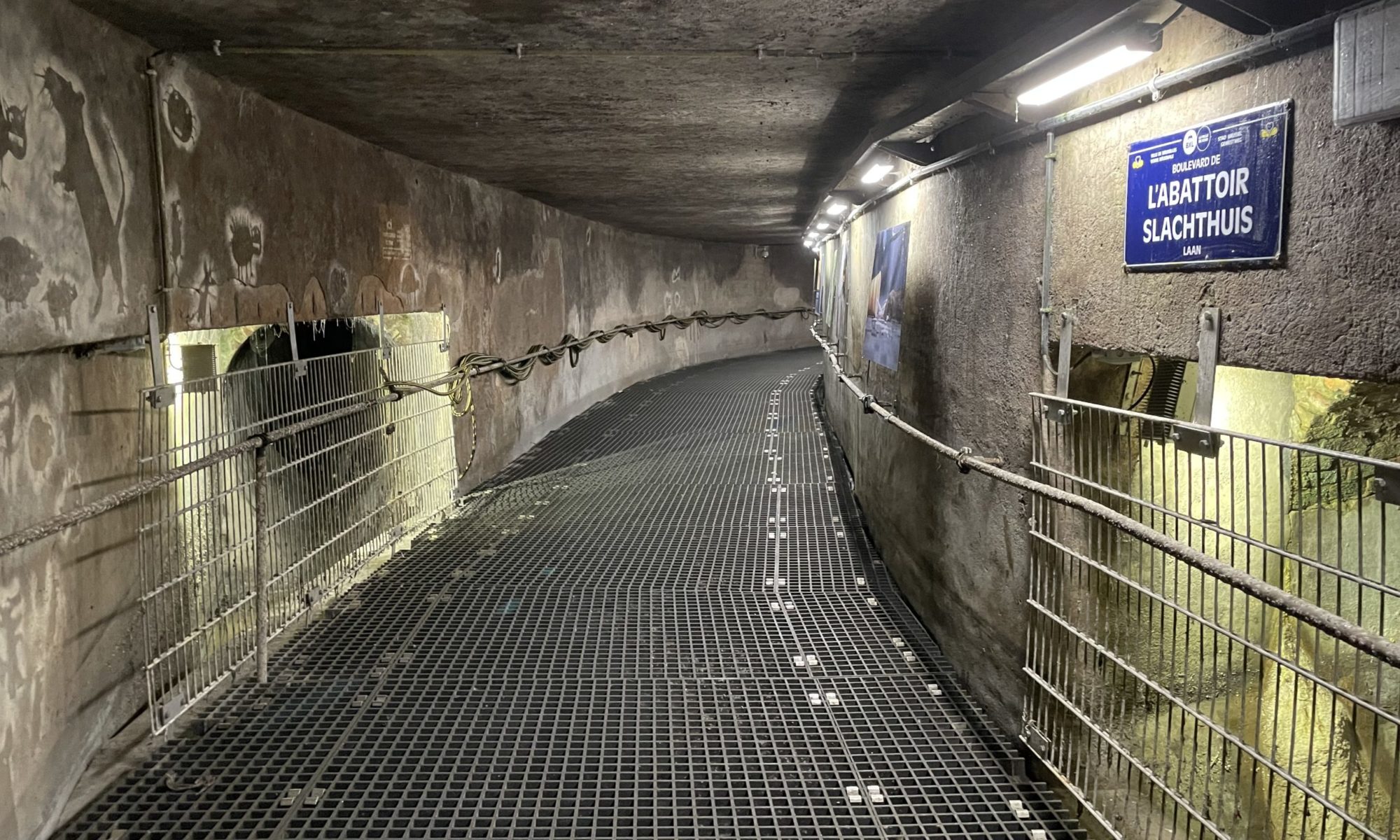Well, maybe not really cradle to grave as in the lifetime of a person, but more in the lifetime of a project. Everyone seems to have realized the benefits that Second Life can offer during the planning stage of a project, but few have discussed how Second Life can be used throughout the remaining phases of a construction project. Because I tend to focus more on the construction and operation phases, I find myself looking for ways to use Second Life to streamline tasks within those areas instead of just for planning and design.
The other day I was thinking about two engineers I know who work for a local construction company. Both have seen the Second Life demo I give everyone who dares to visit my office, but I don’t think either have taken the time to check it out on their own. I was wondering “what would finally push them to use Second Life?” and started thinking about the bidding process. If I could build my project in Second Life and tell bidders that they could visit a representation of the project while they were trying to put together their bid, perhaps this would entice them to check out this new 3-D world.
The more I thought about it, the more I thought that this actually might clear up a lot of issues and questions engineers and architects get during the bidding process. Which could help minimize costly add-ons later on that occur because something was not caught early on. As questions came up, a build in Second Life would offer a representation of the completed project where engineer/architect/contractor/owner could meet to go over concerns about the bid package. And although making the whole build a completely accurate replica is not feasible, smaller builds could be placed nearby to serve as details of specific components – just like details are used in plans.
If the build was left in place during construction, engineer/architect/contractor/owner could again use the 3-D model as a place to meet and discuss specific concerns or questions that arise during construction. It would be so much easier to discuss problems with a completed model. Also, a builder/contractor could make his own solution and display that in-world for analysis and review by the architect/engineer.
Even after the project is completed, the build could be left in place for monitoring and operation – particularly for structural builds, (the ability to monitor equipment in the real world from a location in Second Life has already been accomplished) but that is another topic for another day. In the meantime, we have a new wastewater plant that will be going out to bid soon….


